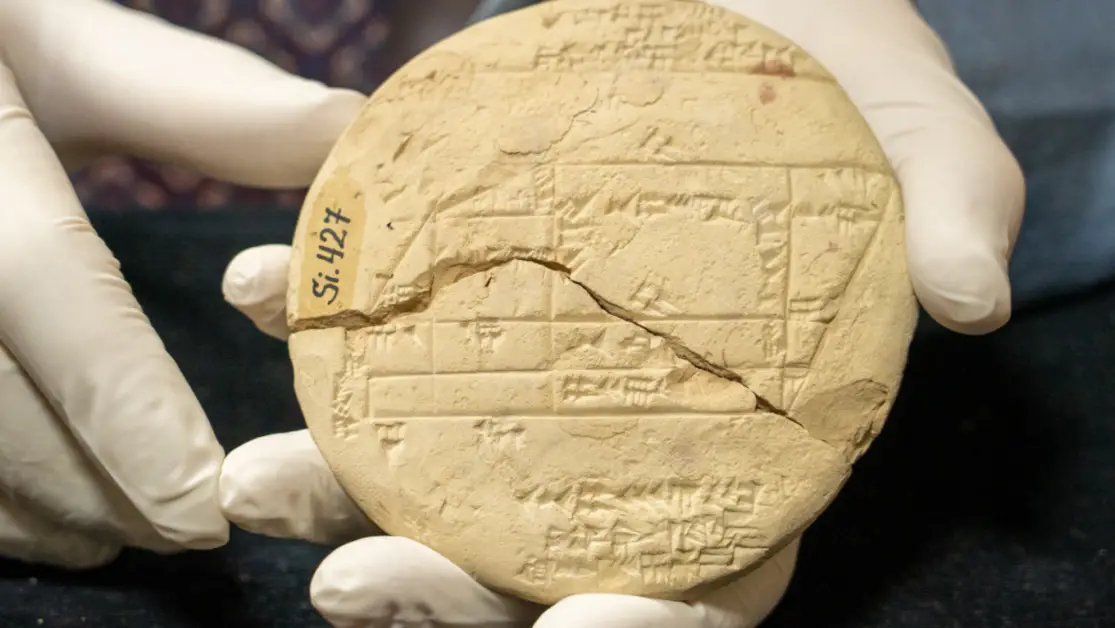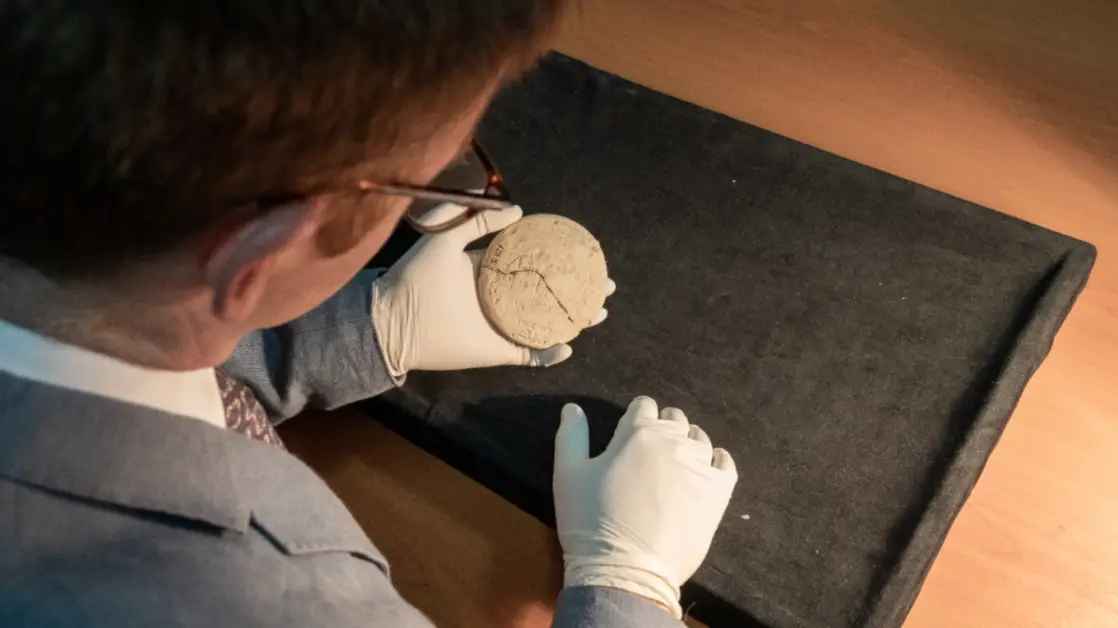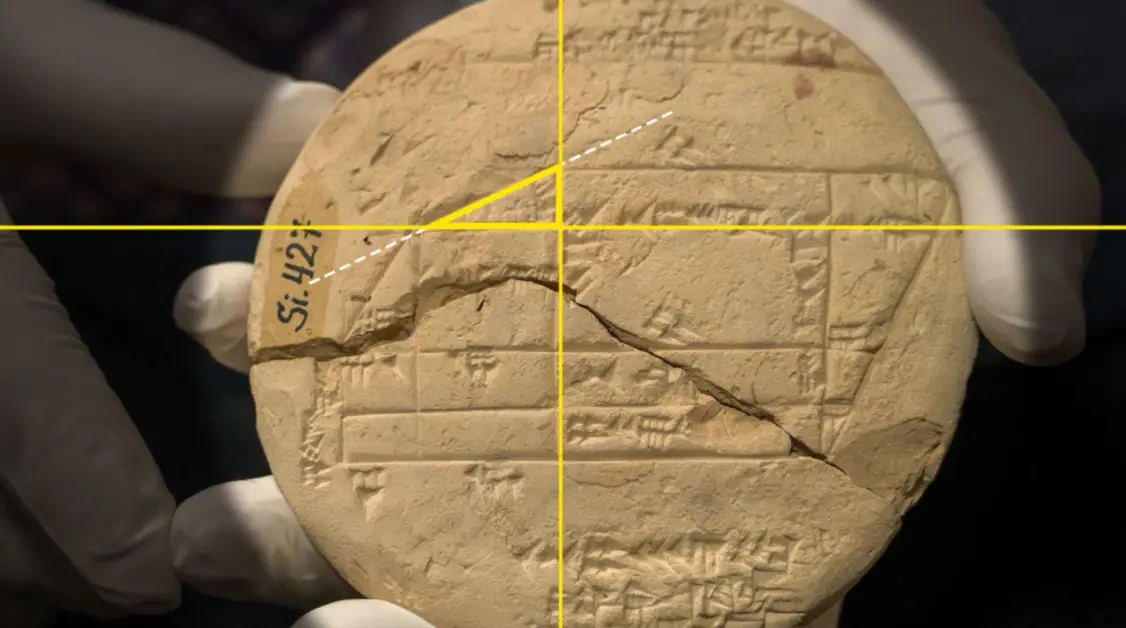
3,700-Year-Old Babylonian Clay Tablet Changes Math History Forever
Published on August 12, 2021 at 10:54 AM by Mc Noel Kasinja
An Australian scientist revealed a 3,700-year-old tablet, believed to be the oldest example of applied geometry in history.
“It’s a discovery that will completely change the way we view the history of Mathematics.”
Dr. Daniel Mansfield

Dr. Daniel Mansfield, an Australian mathematician from UNSW Science’s School of Mathematics and Statistics, has revealed the origins of applied geometry on a 3700-year-old clay tablet.
According to UNSW Newsroom, this immensely valuable piece of history has been hiding in plain sight in a museum in Istanbul for over a century. As remarked by TweakTown, it could change the history of math forever.
The tablet, known as Si.427, dates from the old Babylon period between 1900 to 1600 BCE. The expert, who examined the historical discovery, explains:
“It’s the only known example of a cadastral document from this time. In other words, a plan of a field used to articulate real land boundaries.”

A recent study notes that the ancient tablet was used to survey the land with Pythagorean triples.
Dr. Mansfield said:
“The discovery and analysis of the tablet have important implications for the history of mathematics. For instance, this is over a thousand years before Pythagoras was born!”

The mathematician added:
Subscribe to our Youtube Channel:“It is generally accepted that trigonometry-the branch of maths that is concerned with the study of triangles-was developed by the ancient Greeks studying the night sky in the second century BCE.
But the Babylonians developed their own alternative ‘proto-trigonometry’ to solve problems related to measuring the ground, not the sky.”


